Aurora Yucateca - Part III
John Masterson Burke
Very few Americans have ever heard of the name John Masterson Burke and even fewer Mexicans have any idea who he was. As one of the least known men in Mexican history, his role in helping to bring the Industrial Revolution to Mexico is mostly unheralded. Yet, without Burke’s engineering skills and work ethic, it is most likely that the Aurora Yucateca would have failed.
In 1833, when Don Pedro Sainz de Baranda y Borreyo founded the first steam-powered textile mill in Valladolid, there were few, if any, engineers in Mexico with the training in the assembly and operation of a steam engine and the mechanically-powered textile equipment necessary to produce cotton textiles. One of the reasons why Esteban de Autuñano, founder of the Constancia Mexicana in Puebla failed in his early attempts to establish a steam-powered mill was the failure of ten British specialists to successfully coax the British mill equipment to function properly. Autuñano abandoned his British purchased mill equipment and bought new mill technology and equipment from the United States with assurances that a new group of engineers would help make him successful.
Baranda and MacGregor also had early failures with setting up their equipment. When the equipment was originally shipped, four Americans accompanied the shipment with the charge of installing the equipment and instructing the local workers on how to use it. Not long after their arrival in Valladolid, two of the Americans died of malaria. The other two installation supervisors left shortly afterward, fearful for their health. They left the mill operating, but not operating anywhere close to efficiently. Although production had officially begun in 1834, by 1835 the mill had only produced eighteen yards of cloth at a loss of eight thousand pesos. The main problem revolved around technical issues with the equipment. MacGregor headed for New York City to request assistance in finding a competent engineer. Once in New York, he met Joseph Bouchaud and Edward Thebaud. They recommended that he hire John Masterson Burke, a twenty-two year-old employee of James P. Allaire’s steam engine and boiler factory. MacGregor checked Burke’s background and liked what he found.
Burke’s Resume
John Masterson Burke was born in his family's home on South William Street in Lower Manhattan on July 2, 1812. His parents were John and Winifred Masterson Burke, Irish immigrants who arrived in New York City in 1810, fleeing British oppression and searching for new opportunities in America. Burke attended school until he was twelve years old and then took his first job as a clerk for Benjamin Jackson, a noted New York City importer of woolen textiles. This experience provided Burke with exposure to the textile industry and the intricacies of international trade.
At the age of sixteen he accepted a job offer from James P. Allaire. Allaire was a well-known industrialist who owned a brass foundry in New York City and a bog-iron factory in northern New Jersey. In 1804-1805, his foundry cast the air chamber for Robert Fulton’s steamboat, the Clermont. Allaire accompanied Fulton on the ship’s maiden voyage on the Hudson River from New York City to Albany. A few years later, Burke went to work at Allaire’s Cherry Street facility where steam engines and boilers were constructed. Since Allaire was considered one of the leading steam engine manufacturers of his day, Burke soon learned how a steam engine was constructed and functioned. By the time MacGregor met him, he had quite a bit of experience and had become a competent engineer. MacGregor offered Burke the job of getting his mill running in the Yucatan, and Burke accepted. He departed for Valladolid, a place he knew absolutely nothing about. Certainly he knew he was in for an adventure.
Arrival in Yucatan
Burke left New York City on a ship headed for Sisal, Yucatan, the major port serving Merida and Valladolid. At Sisal, he stayed overnight and then climbed into a horse-drawn buggy called a calêche, much like the ones that ride tourists around downtown Merida and that are now called calesas. His trip took him through Hunucmá and into Merida on a well-travelled but rough road. In all likelihood, he stayed overnight at Doña Michaels’s establishment, which was the only public house in Merida, and then departed the next day, travelling on a deteriorating road to Valladolid. Baranda had made arrangements for his living quarters and after settling in to his new home, he went straight to work.
At first, he was handicapped by the lack of ability to speak Spanish. However he learned the language quickly and would use his Spanish to his advantage for the rest of his professional life. Luckily, he had a knack for communicating by demonstration. This was especially useful for the mill employees who spoke only the Mayan language. He was a reserved and patient man who earned the respect of the mill employees by the example he set and by treating all of the workers equally and fairly.
Both Baranda and MacGregor took an immediate liking to him. He was frequently invited to Campeche as a guest of MacGregor’s family who had sons of a similar age to Burke. Together Burke and his hosts explored the walled city of Campeche. They even took Burke to Veracruz to show him the famous San Juan de Ulúa fortress.
Work consumed Burke's days and he spent long hours supervising the equipment and the workers. After living in New York City his entire life, the cultural change in Valladolid was significant. Food choices were distinctly different. As we know, the locals used a wide variety of peppers to season their dishes, especially the spicy-hot habanero. Corn tortillas replaced bread, and black beans were served with almost every meal. Seafood was almost non-existent in the interior of the Yucatan Peninsula at that time, due to a lack of refrigeration which caused it to spoil before it reached the city. Local beef was tough and lacked the marbling that gives it a good flavor. Pork and chicken were the meats of choice (as they are today) and they were prepared with a wide range of recipes. The variety of tropical fruits must have impressed him, and their availability throughout the year was a blessing. Personally, I have often wondered what he thought of cilantro, an herb used for flavoring many dishes in Mexico, that must have tasted strange to his Yankee pallet.
Burke followed the example of his mother and was a deeply religious man his entire life. Even though he was of Irish heritage, he was an Episcopalian. The only churches in Valladolid were Catholic and since the mill was closed on Sundays, he most likely attended services at Our Lady of Candelaria, directly across from the mill entrance and near his livingaccommodations.
Foreign Visitors
Early in 1842, two American authors and a British architect/artist arrived in Valladolid. The first to visit was Benjamin Moore Norman of New Orleans, who authored the book called Rambles in Yucatan. Norman had learned of Burke’s presence in Valladolid and had sought him out to ask for assistance in locating Baranda, to whom he wished to present his formal papers of introduction. Burke, who had not spoken English for seven years, thought Norman was John L. Stephens, who was at the time expected by Baranda. He took Norman to Baranda’s house to introduce him to his employer, where Norman discovered the mistake, excused himself from Mrs. Baranda, and spent the night at Burke’s residence. The next day Baranda arranged for Norman to stay in an unoccupied house on the zocalo and provided an in-depth visit to the textile mill, which Norman describes extensively in his book.
On March 29, 1842, approximately six weeks later, John L. Stephens and Frederick Catherwood arrived in Valladolid with the knowledge that a New Yorker was living and working in the city. Stephens was quite enamored by Burke. In Volume II of Incidents of Travel in Yucatan, he wrote this flowery description:
"It seemed strange to meet in this unknown, half Spanish and half Indian town a citizen of New York. It was seven years to the day of our arrival since he had arrived in Valladolid. He had almost lost the facility of expressing himself in his native tongue, but in dress, manner, and appearance and feelings he was unchanged, and different from all around him. It was gratifying for us to know that throughout the neighborhood it was no small recommendation to be the countryman of the “engineer”. The locals referred to him as Don Juan Burque, a title showing him great respect."
A Historical Event
Stephens went on to describe an event involving Burke which, for the most part, is never mentioned in historical and travel accounts involving Chichen Itza. In 1838, Burke was invited to visit the village of Cawa (Kaua), located approximately 20 kilometers from Chichen Itza. While visiting Cawa, a young man told Burke of an old building on the grounds of the Hacienda Chichen from which Valladolid was visible. Burke mounted his horse and rode to the ruin site, and on the 4th of July 1838, stood on top of El Castillo, trying to spot Valladolid. Although visitors are no longer allowed to climb El Castillo, millions of visitors have done so in the past, with little thought or without the knowledge that John Masterson Burke beat them all to the top!
The Winds of Change
Stephens wrote that Burke remained at the mill until 1844. Evidence of his departure is supported by changes that were occurring rapidly at the Aurora Yucateca. John L. MacGregor died in 1841, and political conditions were unstable in Yucatan as it's leaders wrestled with a decision between becoming an independent republic or remaining a Mexican state. Smuggled British cotton textiles from British Honduras (Belize) were damaging the local textile markets. Embargoes, blockades, and export tariffs created troubles as well, and Baranda’s health was steadily deteriorating.
For Burke, the most troubling factor most likely was the noticeable unrest moving through the indigenous population, a condition noted by both Norman and Stephens during their visits. It was time to return to the United States. This may have been one of the best decisions Burke ever made, as native unrest exploded into a full-scale uprising in January 1847, a conflict that later became known as the “War of the Castes.”
Valladolid was sacked and burned. The textile mill was badly damaged when the Maya set fire to the main building, causing the red cedar flooring of the second level to burn, collapse, and dump its machines onto those located on the first floor. The damage caused by the fire was irreparable. Many local Creoles and mestizos were killed in brutal fashion as the Maya, in a fit of rage, took out their hatred on their oppressors from three previous centuries, using both guns and machetes. The Creoles and mestizos responded with equal brutality. The Caste War dragged on for years and resulted in the deaths of an estimated one-quarter to one-third of the Yucatan population.
Safe at Home
Meanwhile, back in New York City, Burke must have felt a sadness regarding the events that were occurring in Yucatan. Yet the nine years he spent in Valladolid shaped much of his future. In Valladolid, he learned new management skills, labor relations, how to market a manufactured product, quality control, and the intricacies of shipping, among other things. He also learned to adapt to a culture different from his own. Most importantly, he became fluent in Spanish. Records indicate that much of the foundation of his early wealth was built on business activities in Latin America, where he could conduct negotiations and contractual agreements in the language of the region.
At the age of 32, the people who had recommended him to John L. MacGregor at the Commission House of Bouchaud and Thebaud hired him as their accountant. In his new position he helped manage their growing henequen imports arriving from Sisal. Less than five years later, he received an offer from the Chastelain, Ponvert Company. This firm had large sugar holdings near Cienfuegos, Cuba. He gradually rose through the administrative ranks of the company until he became Chief Operating Officer in charge of the entire business. He began investing his rapidly growing wealth in sugar growing, processing, and shipping. After 25 years, he had accumulated a fortune, retired in his late 50s or early 60s, and removed his money from sugar investments just before the sugar industry began a rapid decline.
Burke the Philanthropist
John Masterson Burke then settled into a comfortable retirement, joined the New York Stock Exchange, and began investing in railroads, land, mining enterprises, and the rapidly growing insurance business. He never married and on July 1, 1902, he shocked the financial community by announcing the creation of a trust fund for the construction of the Winifred Masterson Burke Rehabilitation Hospital in White Plains, New York, to honor his mother. The value of the trust was more than $4,500,000, to which he added more than $2,000,000 at the time of his death on December 2, 1909. In 1902, his initial gift ranked him as the second most generous philanthropist in the United States. John D. Rockefeller ranked number one and Andrew Carnegie ranked third. That is pretty impressive company for a man that I am willing to wager most Yucatan Living readers never knew existed before now! What is even more impressive is that this hospital is still operating in White Plains as "a recognized leader in delivering state-of-the art care for the injured and disabled." John Masterson Burke's legacy, which began in Yucatan, lives on in New York to this day.
Read Aurora Yucateca - Part One
Read Aurora Yucateca - Part Two
***
This and the other Aurora Yucateca articles were written by Byron Augustin, retired professor now living in Valladolid.




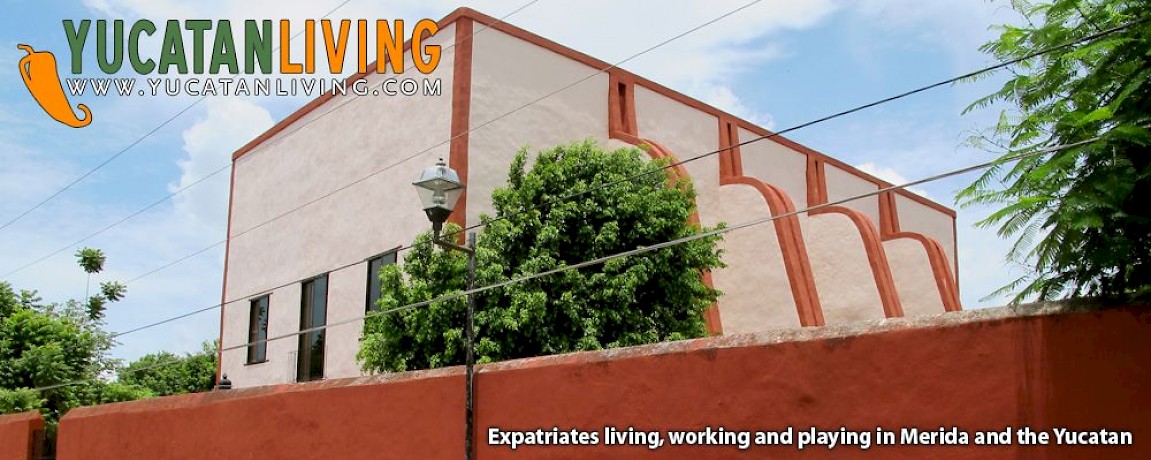

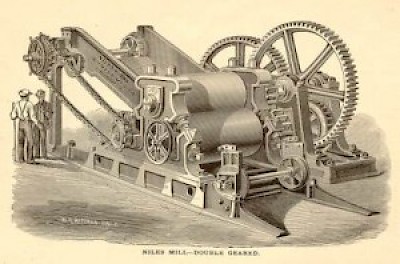
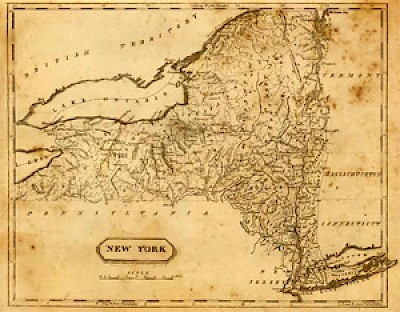
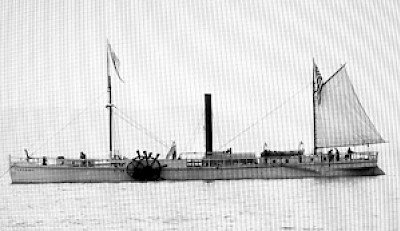
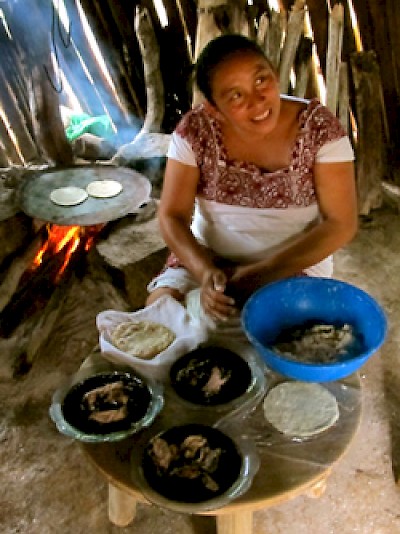
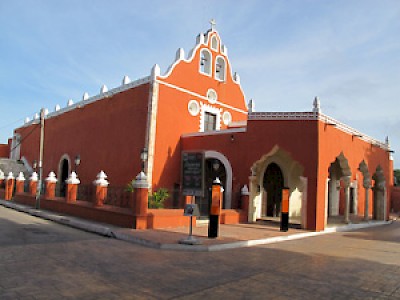
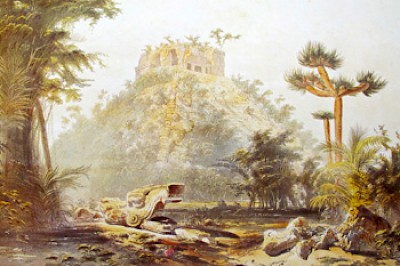
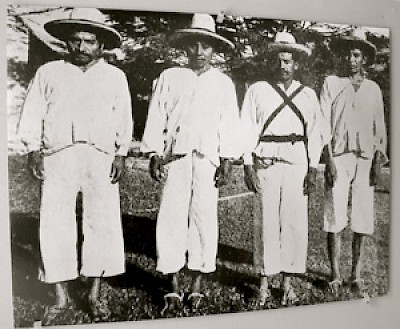
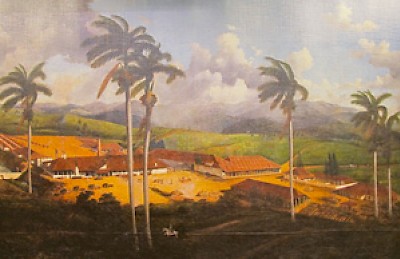
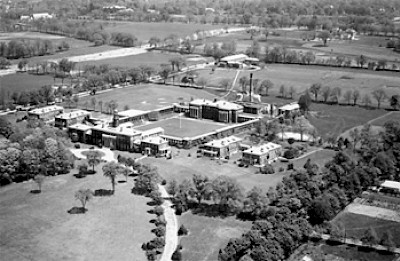

Comments
5 Unlucky Days 10 years ago
Great article. Interested in the sources since it's hard to find information about Burke, but this covered a lot and really well done.
Reply
Eduardo 12 years ago
What a great read! Such a rich and varied history in Yucatan. Eager to learn more. Thank you.
Reply
Jennifer 12 years ago
All three articles were so informative and will add to my next visit to Valladolid. Thanks.
Reply
(0 to 3 comments)